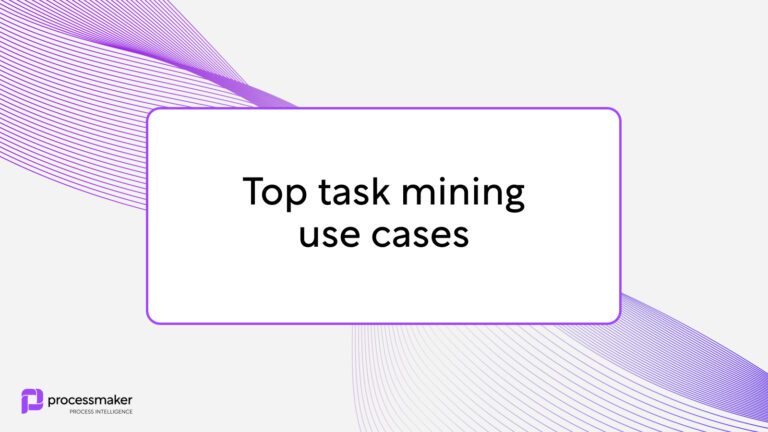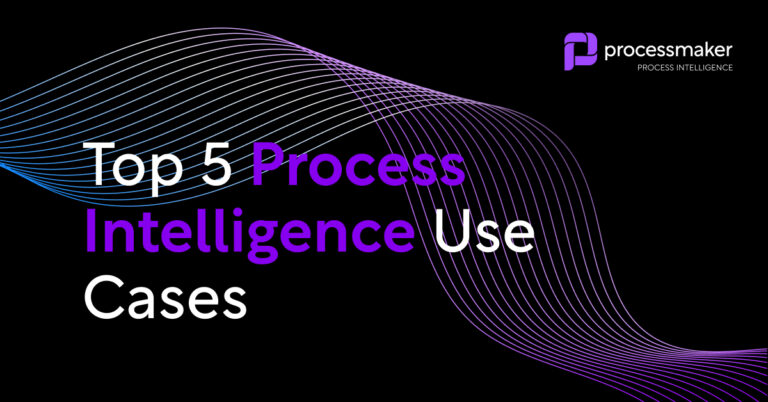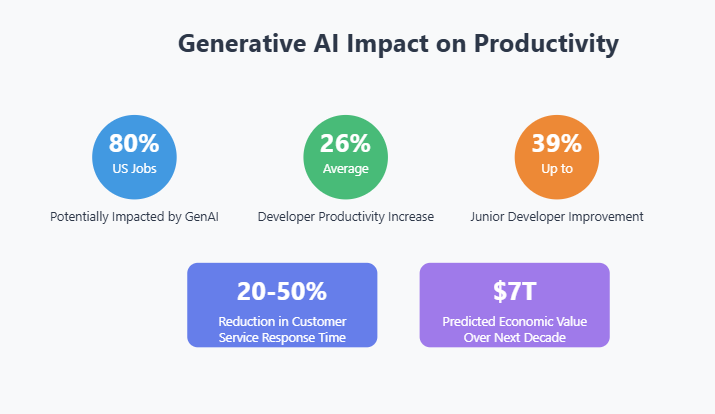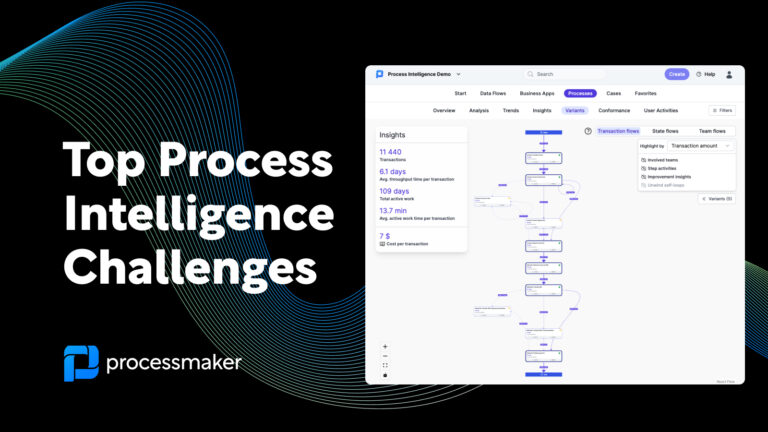In the realm of enterprise businesses, a few topics spark intrigue and confusion quite like task mining. As enterprise leaders seek to unlock the transformative power of task intelligence, the question remains: where does it truly deliver the greatest value?
Here we’ll give you the highlights of the key use cases that make task mining shine.
What exactly is task mining?
Task mining is an advanced data science method that utilizes technologies like machine learning and artificial intelligence to analyze and understand how users interact with various software applications. By examining user behavior and processes, task mining identifies areas of inefficiency, automation potential, and opportunities for improving the overall user experience.
Task mining is often confused with process mining. They are related process intelligence solutions but work in different ways. Task mining looks at activity on the surface level, that is activities on the desktops and workstations of employees. Process mining, on the other hand, looks at event logs in enterprise systems, such as CRM or ERP.
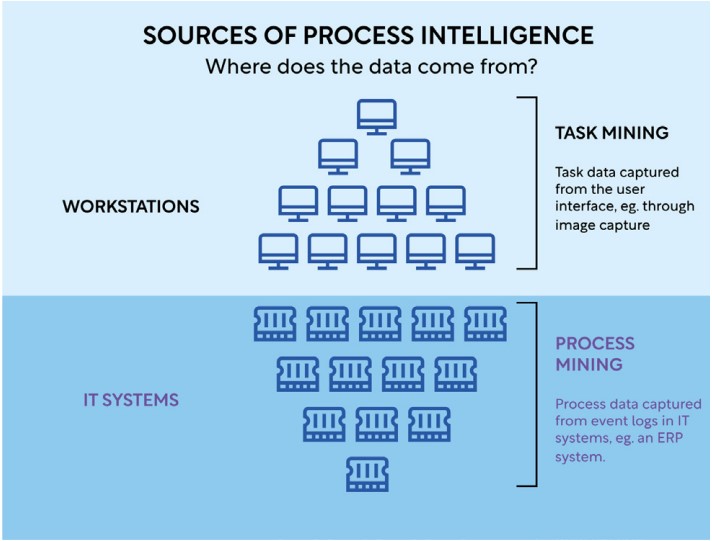
Why is task mining so popular?
As organizations increasingly rely on digital tools and applications, it is essential to ensure that employees are using these resources effectively. Task mining software offers insights into workforce behavior, enabling businesses to optimize their processes and workflows for maximum efficiency and productivity.
Everest Group estimates that investments in task mining will increase between 75 and 85% each year.1
In many cases, the investment is well justified. Task mining offers six key benefits to enterprise organizations:
- Visibility to workflows. Task mining gives transparency to how work is done – allowing for data-driven ways to remove bottlenecks, improve lead time, and identify automation opportunities where complex sets of repetitive tasks require dedicated focus.
- Increased efficiency. Task mining identifies bottlenecks to speed up process improvement. When issues slowing processes and people down are quickly found and dealt with, employees can forget about boring, repetitive busy work and focus on the tasks that matter. Of course, focusing on meaningful work boosts morale for a positive company culture and a low turnover rate.
- Transparent performance measurement. When it comes to changing or improving processes, knowing an individual’s strengths and weaknesses is very useful. Task mining shows areas where an employee excels and where they need extra support or training.
- Operational benchmarking. Data collected by task mining adds up to give organizations a bigger-picture view of their processes. For example, managers might find that many people find a particular new task challenging, which indicates a need for better company-wide training and catch-up sessions.
- Better compliance & risk management. A data-driven approach helps organizations ensure better process governance. Extra visibility into processes helps business leaders identify and stop non-compliant tasks to make adhering to risk and regulatory requirements easier.
- Cost savings. As the main purpose of task mining technologies is to find what kind of saving operations can be done fast, it helps organizations achieve cost savings quickly.
Key use cases for task mining
When you’re looking for the use case to initiate a task mining project, three obvious places to look are task automation, improving the employee experience, and workforce productivity optimization.
Task automation
Task mining can help organizations identify repetitive and time-consuming tasks that can be automated, freeing up employees to focus on more valuable and strategic activities. By analyzing user interactions, task mining can pinpoint tasks that are prime candidates for automation, such as data entry, report generation, or email processing.
After discovering potential automation opportunities, task mining can provide a thorough analysis of these tasks to determine their suitability for automation. This analysis may include evaluating the complexity, frequency, and potential return on investment (ROI) of automating each task, helping organizations make informed decisions about their automation initiatives.
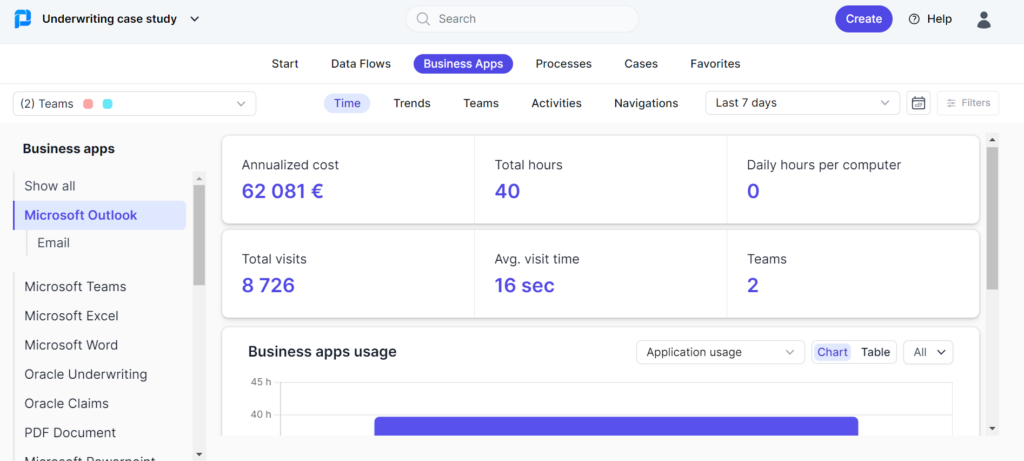
Example of task mining insights by ProcessMaker Process Intelligence
Improving employee experience
Task mining can play a crucial role in improving productivity in the digital workplace. By identifying inefficiencies and bottlenecks in employee workflows, task mining can help organizations streamline processes and eliminate unnecessary steps. This allows employees to work more efficiently, leading to higher productivity and better outcomes.
In addition to enhancing productivity, task mining can also help reduce the cognitive load on employees. By automating mundane and repetitive tasks, employees can devote more mental energy to creative, strategic, and complex activities. This not only improves the overall employee experience but also reduces burnout and contributes to a more engaged and satisfied workforce.
Workforce productivity optimization
Task mining can help organizations ensure that their teams have the resources and tools they need to thrive. By analyzing user behavior and processes, task mining can identify areas where additional support or resources may be needed, such as training, software upgrades, or new tools. This enables organizations to make targeted investments that directly impact workforce productivity.
Beyond resource allocation, task mining can also help organizations identify areas for improvement in their processes and workflows. By pinpointing inefficiencies, task mining enables organizations to make targeted changes that result in better productivity and employee satisfaction. This continuous improvement mindset is essential for maintaining a competitive edge in today’s fast-paced business environment.
Enhancing customer experience
The last use case on this list is the direct derivative of the previous use cases. Task mining helps to identify lengthy repetitive processes, find automation opportunities and improve employee experience. This, in turn, impacts the service that customers get, since employees will have more time to focus on customer-facing valuable activities. Moreover, optimizing the core processes frees time for strategic activities such as reviewing and structuring the customer-related processes.
The bright future for task mining
Task mining has the potential to revolutionize the way enterprise organizations approach automation, employee experience, and workforce productivity optimization. By leveraging the insights gained from task mining, businesses can make data-driven decisions that result in streamlined processes, reduced cognitive load, and an overall more efficient and productive workforce.
As technology continues to advance and organizations become more reliant on digital tools, embracing task mining will be essential for staying ahead in the competitive landscape. By adopting task mining, organizations can unlock new opportunities for growth, innovation, and success.
Task mining FAQs:
1. What exactly is task mining?
Task mining is a technology that uses machine learning and artificial intelligence to analyze user interactions with software applications, identifying inefficiencies, automation potential, and opportunities for improving the overall user experience.
2. How does task mining work?
Task mining works by collecting data on user interactions, processing and structuring this data, applying machine learning algorithms for pattern recognition, analyzing the results, and implementing improvements based on the insights gained. It combines techniques from data mining, machine learning, and artificial intelligence to analyze user behavior and identify patterns in tasks.
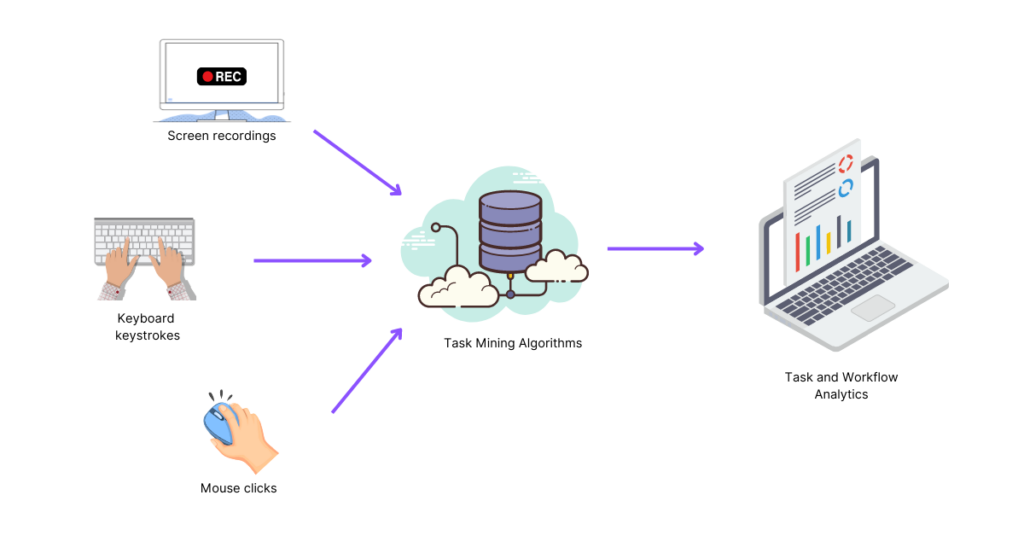
3. What is the difference between task mining and process mining?
Process mining and task mining both provide insights relevant to business process management, but they work in slightly different ways. Process mining gathers data from event logs in enterprise source systems, while task mining gathers information from the user interface of workstations.
4. Is task mining suitable for all organizations?
Task mining can be beneficial for any organization that relies heavily on digital tools and applications. By providing insights into user behavior and processes, task mining can help organizations of all sizes optimize their workflows, improve employee experience, and make data-driven decisions that lead to better productivity and outcomes.
